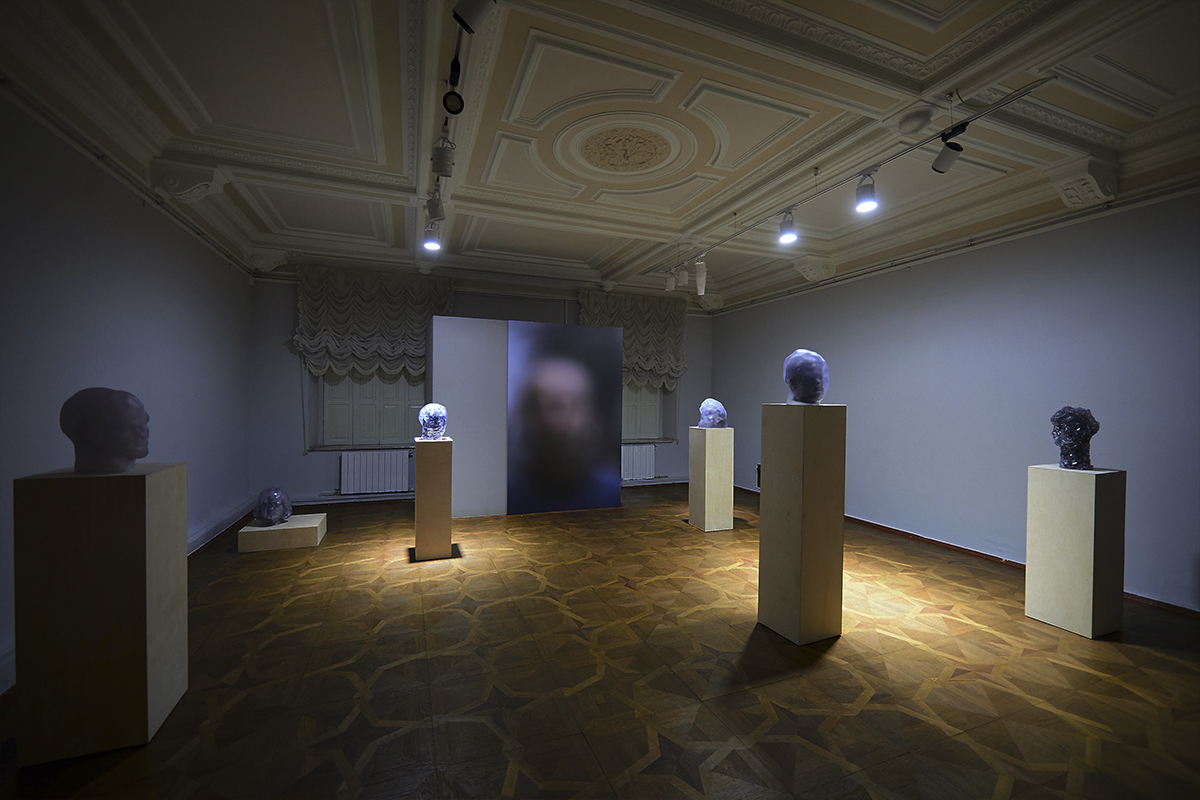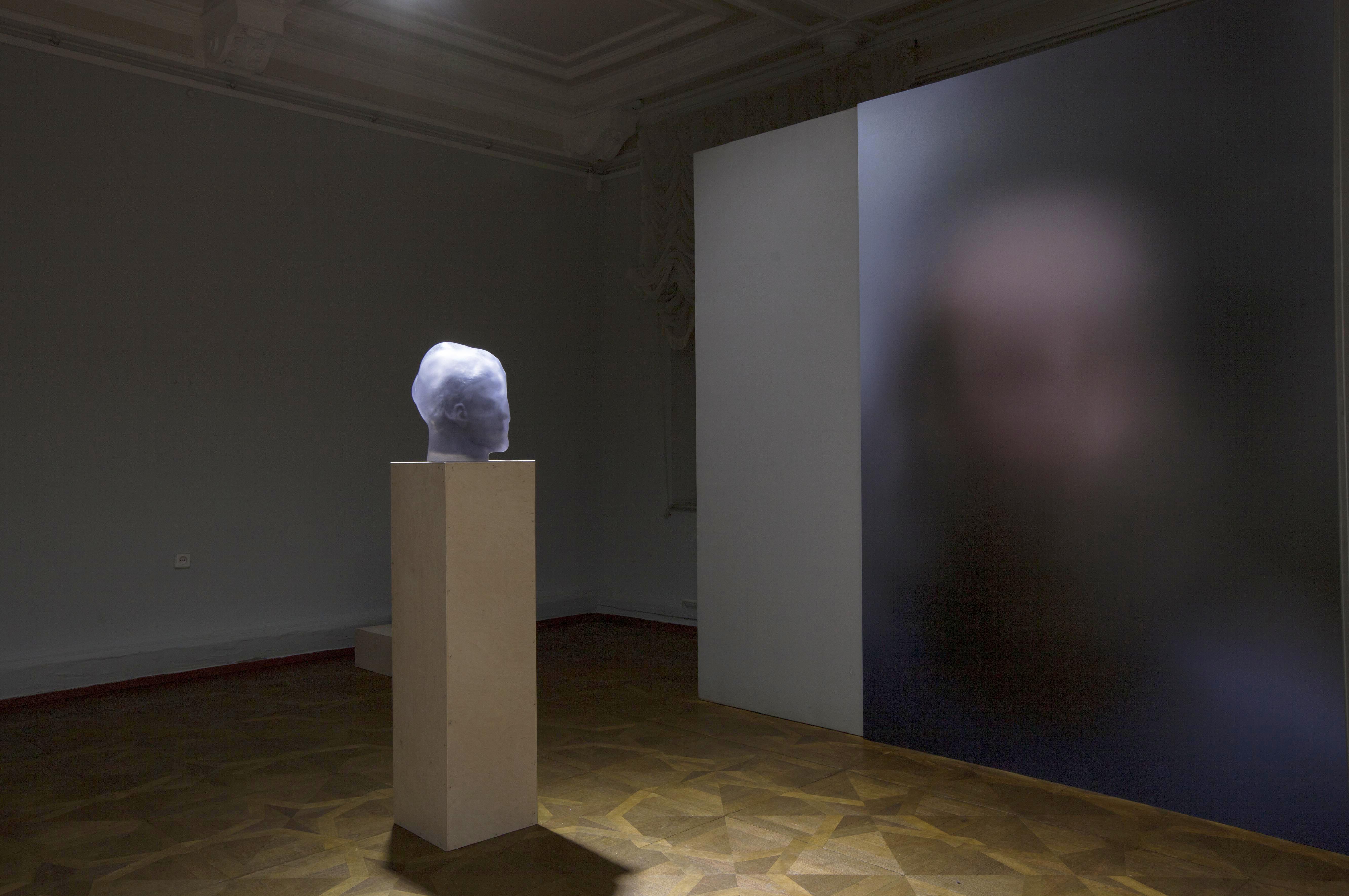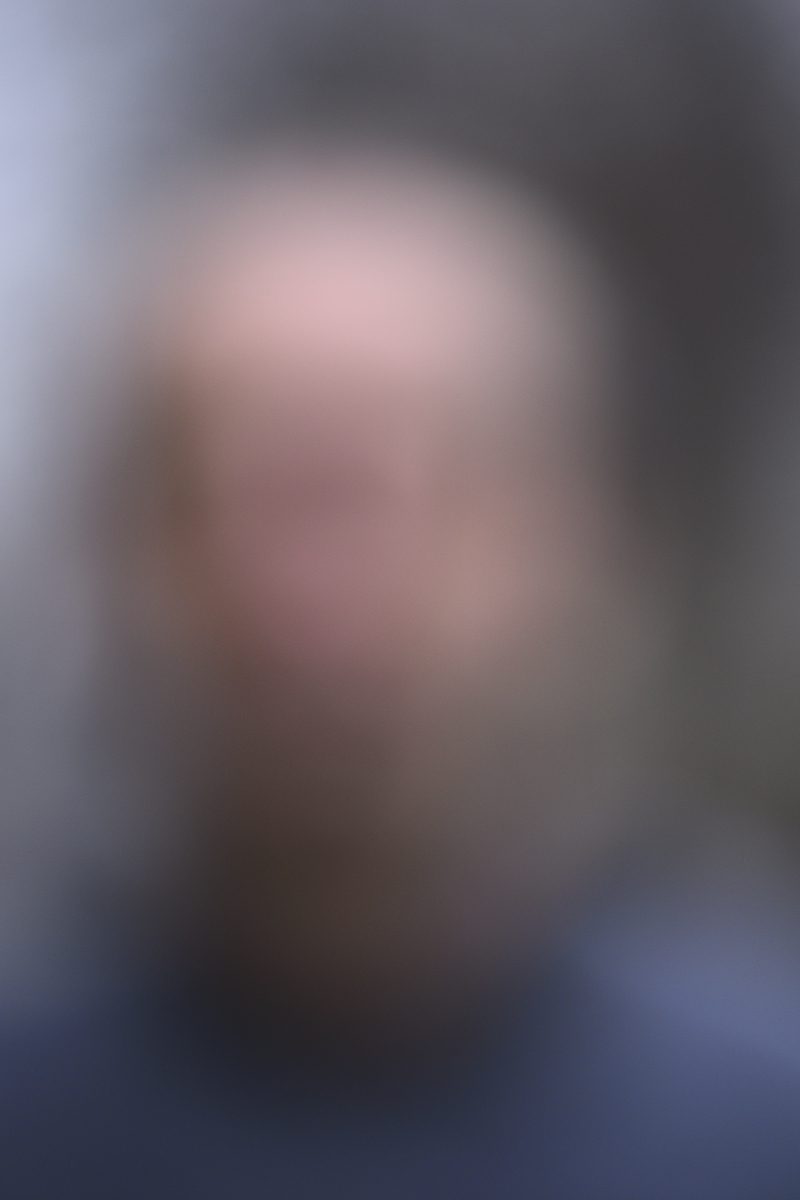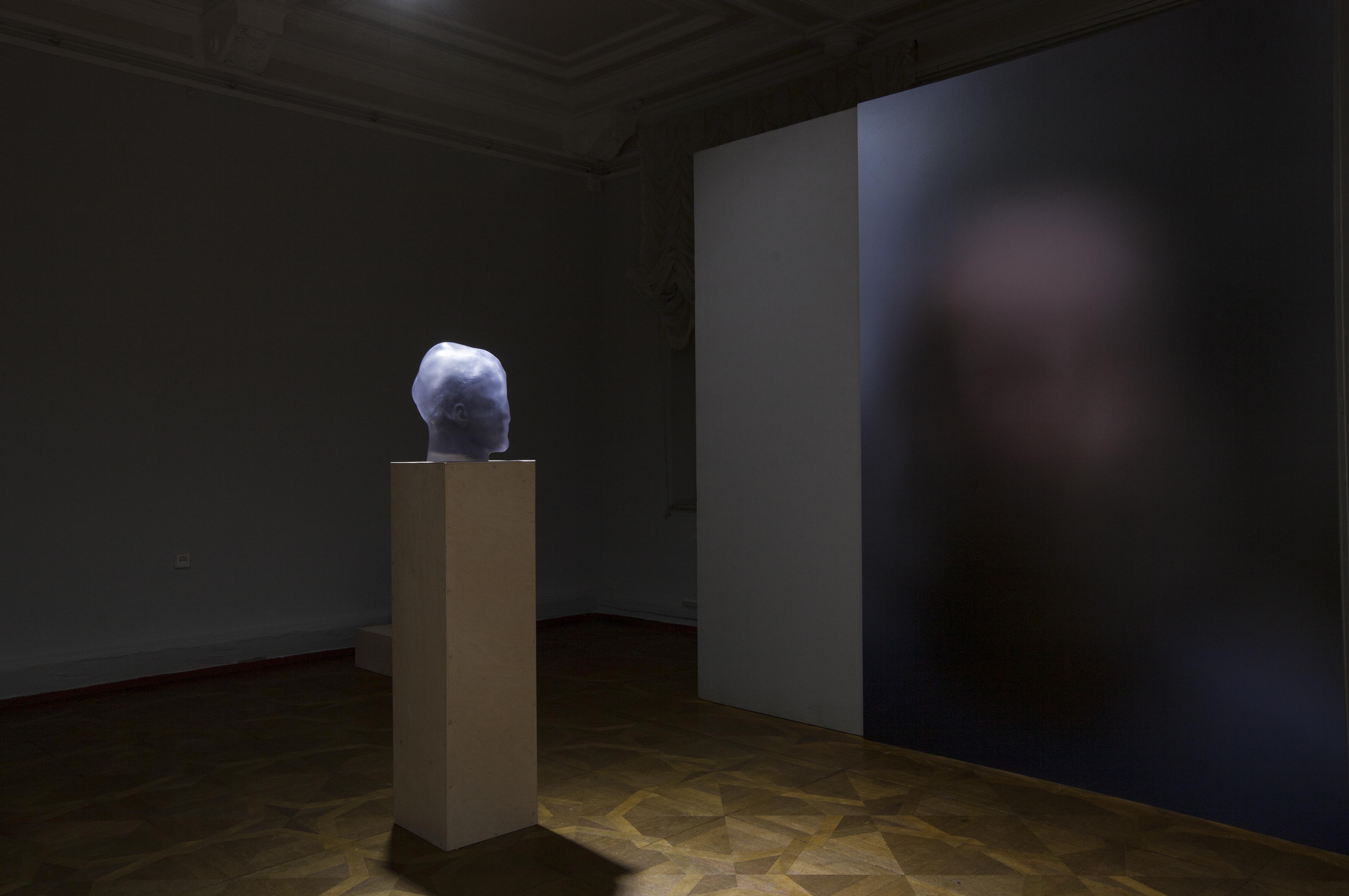15.12.2017 – 01.15.2018 National museum “Kiev Art Gallery”
Nazar Bilyk’s “Imaginary Distances” project is a fundamental introspection with a purpose of finding the answers to the basic questions of our existence. What do we know about people we consider close at the certain stages of life? Does it make sense to dive behind the scenes of human anatomy and familiar social masks? What is hidden in ourselves, and how to see it?…
Bilyk’s exhibition is an attempt to talk about doubts and quest, disillusionment, and faith in the post-secular world. Of course, there are various cultures of talking about such a problem, but still, at a certain level, such a conversation can only take place between the one asking and the main interlocutor, who, unfortunately or fortunately, is extremely silent.
Nazar Bilyk is not the one to fervently preach on the streets, his path is a documentation of very complex internal processes and an attempt to reflect subjective inner experience in the language of modern plastic art. Artist’s works, rather, present the viewer with the abyss of the world and the human soul, than give answers and instructions about everyday life. These are meditative works imbued with an unusual synthesis of the traditions of Eastern Christian mysticism and asceticism and contemporary fine arts. Surprisingly, the ancient heritage of “techniques of self” is extremely interesting and relevant in the present world. Overcoming of narcissism, simple self-restraint, challenge to consumerism and cultivation of the “inner human”, all this basic spiritual gymnastics gain particular relevance today. Attempting to talk about such things in the language of contemporary art is a difficult, but unambiguously interesting task. However, in order for this conversation to be really fruitful, according to Nazar Bilyk, it is very important to know how to distance yourself.
In the modern world, we often forget about distance. We are accustomed to the fastest means of covering it. Rapid transport, mobile communication, social networks give a sense of total proximity to anything and anyone. The theory of six handshakes says that every two human beings on Earth are divided only by a short chain of common acquaintances. We, the inhabitants of the metropolis, rarely look into the blackness of the night sky and even more rarely think over the cosmic loneliness of everyone who was born under this sky. Nazar Bilyk’s project is about the inevitability of absolute separation and, at the same time, possibility of closeness paradoxically related to it. Distance longing for closeness, between person and person, between person and cosmos, internal isolation in order to know oneself, society and the universe are the main subjects of study of the artist.
The exhibition is built on the principle of separate statements, which ultimately converge into a single and multilayered narrative. In a sense, “Imaginary distances” is a site-specific project, because it is in a very dynamic interaction with the specific space of the halls of the Kyiv National Picture Gallery. The exhibition begins with a series of amorphous sculptural objects, remotely reminiscent of human heads. These plastic structures, at first glance, make the impression of shapeless and heartless Golems. The general sense of derealisation is amplified by the large-scale portrait of the artist, where instead of the face we see only a blur. What is it? The world through the eyes of someone with serious visual impairment? In a sense, yes, but it’s not about the physical inability to see. For Bilyk, this radical defocus becomes a prerequisite for moving the spotlight from external to the internal. Only careful examination of the distorted heads reveals behind the outer layer completely different, classical anthropomorphic images. These are etude sculptural portraits of friends and relatives of the artist, created during the last fifteen years. All this time they stood on the shelves of the artist’s studio, and finally they were captured here with translucent plastic. Over time, this kind of process eventually happens in our memory. According to Nazar Bilyk, such “lamination” documents personal memories and shows that knowledge of even a close person is always vague and incomplete, and can only be obtained by getting rid of perception stereotypes.
The second part of the project is a monumental work, an emotional self-portrait, in which it is hard to find recognizable physical features of Nazar Bilyk himself. This is a huge fossilized X-ray shot of something absolutely indistinct, and at the same time, very corporal and abstractly detached. The mighty boulder reflects in a dark mirror plane of water and transfers the viewer to another reality of pristine Chaos, which gives birth to the world of disturbing and deep self-study of the artist. In the next room the head again, but this time it is a macro focus on one portrait, which is the only one from the whole series to be filled with very transparent plastic. In this generalized image of a human a certain existential optimism and a chance to know the unknowable finally emerge.
The fourth hall of the exhibition is a key to understanding the context of the whole project. The exhibition at the Picture Gallery was preceded by the artist’s journey to one of the most interesting and picturesque places in the world, the Turkish Cappadocia. This is a land of magnificent forms of volcanic rocks and numerous cave temples. The place where Christian hermits lived for centuries and where Nazar Bilyk was lucky to live in one of the former cave cells for a few days. According to the ancient testimonies, for a true ascetic a wretched small cell becomes equal to the whole universe. The result of the artist’s reflection on this topic was a very intimate and at the same time powerful work that combined the relief image of the cave ceiling, as well as a photograph of the starry sky over the unforgettable Cappadocia. This room adds an additional layer of interpretation of the sculptural heads that are presented in the other parts of the project, because if you look closely, their quirky forms somewhat resemble quaint Cappadocian landscapes.
In the last part of the project, two main leitmotivs of the exhibition are merged: spiritual and physical landscape, imaginary and geometric distance, internal and real Cappadocia. Having completely experienced detached self-immersion, we again find ourselves in front of a dark, powerful relief. But this time it is not only a self-portrait of the artist, but the whole universe, in which one wanders around endlessly on the path of spiritual search: a terribly beautiful desert of closeness.
text Alisa Lozhkina
art menegment Irina Yuferovа
advice and inspiration Anastasia Shchukina
http://artukraine.com.ua/a/nazar-bilik-stati-blizhchim-do-samogo-sebe/#.WmB0Ua5l-b
https://www.obozrevatel.com/society/nazar-bilik-podorozh-do-nezvidanih-glibin-osobistosti.htm
https://lb.ua/culture/2017/12/22/385606_uyavni_vidstani_nazara_bilika_u.html



















